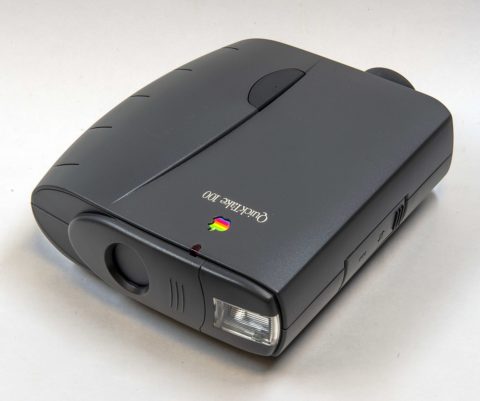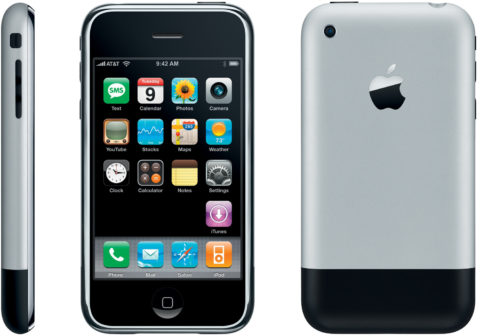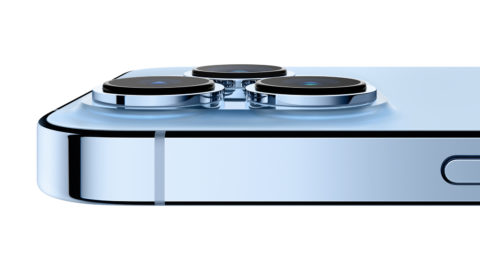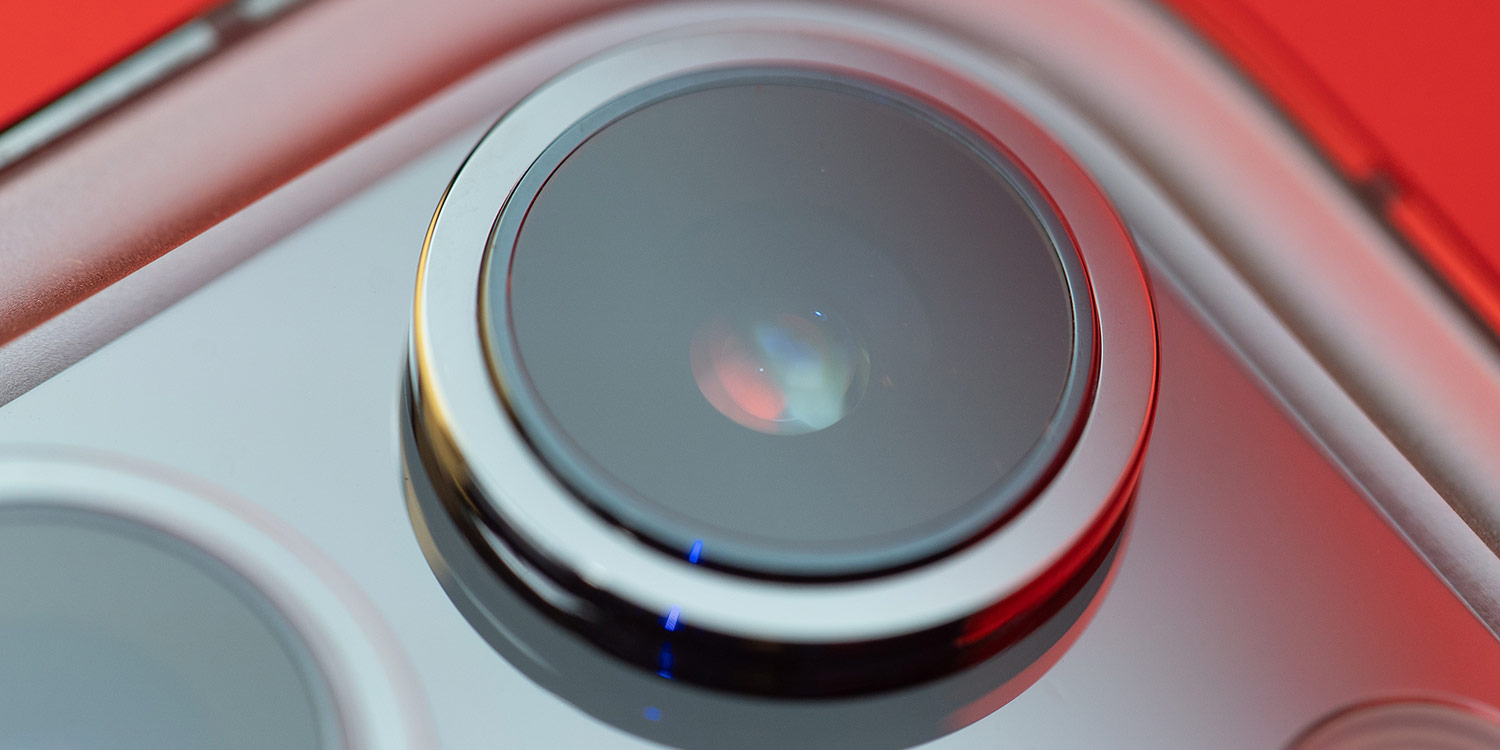How iterative change obscures the ongoing photographic revolution at the heart of iPhone
“So, three things: a widescreen iPod with touch controls; a revolutionary mobile phone; and a breakthrough internet communications device. An iPod, a phone and an internet communicator. An iPod, a phone— Are you getting it? These are not three separate devices! This is one device – and we are calling it iPhone.”
This was how Apple founder and then-CEO Steve Jobs introduced the iPhone on January 9, 2007. But when you look at modern iPhone usage, something is missing from that introduction: the camera. Back in 2007, handheld computing hadn’t yet become multifunctional to the point it had taken over from every other device you care to mention. And with the cameras we have on iPhone today – along with the steady but rarely revolutionary shifts in image quality we’ve seen in recent years – it’s easy to forget how far we’ve come.
QuickTake it away
The iPhone wasn’t Apple’s first digital camera. For that, you have to head back to 1994 and Apple QuickTake. One of the earliest consumer digital cameras, its specs are in a modern context quite something – for all the wrong reasons.

Image credit: Hannes Grobe
This camera would shoot images at a maximum resolution of 0.3MP (640×480px) and could hold just eight photos on its internal storage. Or you could opt to quadruple the photo count but drop image resolution down to 320×240px.
To put that in context, the entire iPhone 12 and iPhone 13 lines render tiny Home Screen icons at 180×180px. With Apple’s earliest camera, you weren’t so much capturing memories as pixelated abstractions that weren’t good for anything and certainly weren’t future-proof.
Rapid evolution
During the following decade, we saw major advances in the megapixel count of consumer cameras and therefore also image quality. Around 2000, a Nikon E775 would shoot at 1600×1200px – not bad and viable for printing as a standard 4×6in photo, even if close inspection would reveal JPEG artifacts and noise. But people upgraded rarely, and when they did they’d be bowled over by the quality of their new camera. By the late 2000s, consumer ultra-compact models like Canon’s IXUS 70 – available for around $200 – would shoot at a shade over 7MP (3072×2304px).

It was around this time that the first iPhone arrived, which, as we’ve noted, Steve Jobs called “an iPod, a phone and an internet communicator,” adding that Apple was going to “reinvent the phone.” Conspicuously, he didn’t say Apple would reinvent the camera – that would come later, across many revisions of the hardware.
In the keynote for the original iPhone, the 2MP camera was mentioned just once. Given that its 1600×1200px images were a regression compared to existing standalone cameras, that’s perhaps to be expected – but then something surprising started to happen.
Popularity contest
Despite the iPhone’s poor camera, usage quickly increased and it became the most popular camera on Flickr – at the time the internet’s prime photo-sharing website. The reasoning was twofold: this was a camera you always had on your person, and the iPhone had internet connectivity, making photos you shot easy to share.

Apple’s response was to steadily improve the camera system. The iPhone 3GS got a 3.2MP (2048×1536px) lens with autofocus. The iPhone 4, 6 and 8, respectively, saw the megapixel count jump to 5, 8 and 12. Alongside, lenses grew in size, capability and number. Now, with the iPhone 13 Pro, you have the biggest sensor and biggest pixels on any iPhone to date, vastly increasing the amount of light the device can capture, along with new tricks such as a macro mode. The quality is now such that pro photographers frequently use iPhones rather than bulkier kit.
Snap happy
The evolution of the iPhone camera – and mobile photography as a whole – is nothing short of spectacular. Yet we lose sight of this, with year after year of people making comparisons with shots taken with a device’s direct predecessor and arguing relatively little has changed. This treadmill of slight disappointment beds in, robbing us of excitement and wonder.
But take a step back and look at the broader timeline and it’s clear that everything has changed regarding photography – and that it will continue to do so for years to come. We must also remember few people update their iPhone every year.

Image credit: Apple
So like folks back in the 2000s bowled over by the image quality of a new standalone camera, owners of most new iPhones will receive years of iterative changes all at once, bringing instant delight – not disappointment. And these ongoing changes mean that everyone will have better ways to capture memories for posterity – ones that increasingly feel future-proof, far beyond those tiny low-fi images shot with Apple’s first foray into digital photography.

